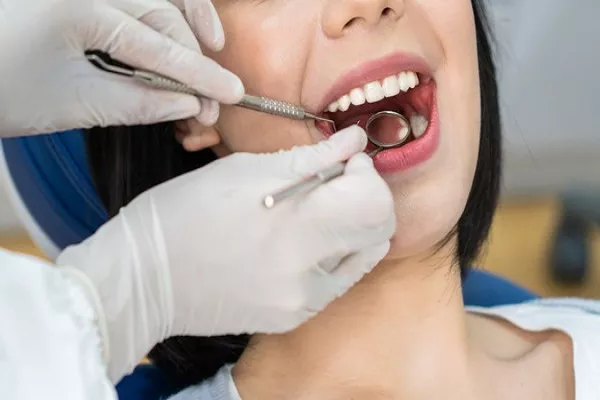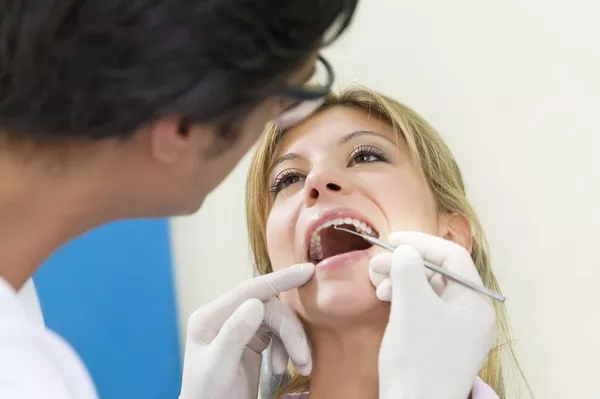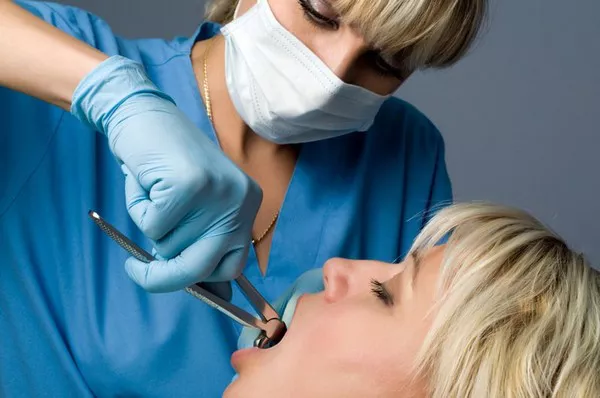Deep cleaning, also known as scaling and root planing, is a common dental procedure recommended for individuals with gum disease or significant plaque and tartar buildup. While deep cleaning is essential for improving gum health and preventing further dental issues, patients often wonder about the discomfort associated with the procedure. In this article, we will explore the details of deep cleaning, why gums might hurt afterward, and how long you can expect any discomfort to last.
Understanding Deep Cleaning
Deep cleaning is a non-surgical dental procedure performed by a dentist or dental hygienist to treat gum disease, also known as periodontal disease. The procedure consists of two main components:
Scaling: During the scaling portion, the dental professional uses specialized instruments to remove the buildup of plaque and tartar (hardened plaque) from the surfaces of your teeth and below the gumline. This process eliminates the source of irritation and infection in the gums.
Root Planing: Root planing involves smoothing the roots of the teeth to prevent further plaque and tartar buildup. It also encourages the reattachment of the gums to the tooth surfaces.
Deep cleaning is typically recommended when gum disease has progressed beyond the early stage (gingivitis) and has led to the formation of pockets between the gums and teeth. These pockets can harbor harmful bacteria and require thorough cleaning to prevent further damage to the gums and supporting structures.
Why Do Gums Hurt After Deep Cleaning?
Gum discomfort after deep cleaning is a common occurrence and can be attributed to several factors:
Inflammation: The scaling and root planing process involve removing irritants such as plaque and tartar from below the gumline. This can lead to some level of inflammation in the gum tissues as they heal.
Sensitivity: Your teeth and gums may be sensitive following deep cleaning, particularly to hot or cold temperatures. This sensitivity can contribute to the perception of discomfort.
Probing and Cleaning Depth: In cases of advanced gum disease, the depth of probing and cleaning required may be extensive, leading to increased post-procedure discomfort.
Anesthetic Wearing Off: If a local anesthetic was used during the deep cleaning, it will eventually wear off, and you may begin to feel some discomfort as sensation returns to the treated areas.
Gum Bleeding: Some bleeding of the gums is common after deep cleaning, which can contribute to discomfort.
How Long Does Gum Discomfort Last After Deep Cleaning?
The duration of gum discomfort following deep cleaning can vary from person to person and depends on several factors:
Severity of Gum Disease: If you had advanced gum disease, the discomfort may be more pronounced and last longer.
Individual Sensitivity: Some individuals are more sensitive to dental procedures than others, which can influence the duration of discomfort.
Oral Hygiene: How well you follow post-procedure oral hygiene instructions plays a significant role in your recovery. Maintaining good oral hygiene can help reduce discomfort and speed up the healing process.
In general, most people experience some level of gum discomfort for a few days to a couple of weeks after deep cleaning. It’s essential to follow your dentist’s or dental hygienist’s post-procedure care instructions carefully to minimize discomfort and promote healing.
Tips for Managing Gum Discomfort After Deep Cleaning
Here are some tips to help manage gum discomfort after deep cleaning:
Over-the-Counter Pain Relief: Non-prescription pain relievers, such as ibuprofen or acetaminophen, can help alleviate discomfort. Follow the recommended dosage instructions.
Rinse with Warm Saltwater: Gargling with warm saltwater can help soothe gum tissues and reduce inflammation. Mix about half a teaspoon of salt in a glass of warm water and rinse gently.
Avoid Irritating Foods: Steer clear of very hot, cold, spicy, or acidic foods and beverages that may exacerbate sensitivity.
Soft Diet: Stick to soft, non-irritating foods while your gums heal. Avoid hard or crunchy foods that can aggravate discomfort.
Good Oral Hygiene: Continue brushing and flossing gently but thoroughly. Your dental professional may recommend a special mouthwash or antimicrobial rinse.
Follow-Up Appointments: Attend any follow-up appointments scheduled by your dentist to monitor your healing progress and make any necessary adjustments to your treatment plan.
Conclusion
Gum discomfort after deep cleaning is a common and expected part of the healing process. The duration and intensity of this discomfort can vary, but it typically resolves within a few days to a couple of weeks. By following your dentist’s or dental hygienist’s post-procedure care instructions and maintaining good oral hygiene, you can help minimize discomfort and promote the healing of your gums. Deep cleaning is a crucial step in managing gum disease and maintaining optimal oral health, and any temporary discomfort is well worth the long-term benefits it provides.
Related Topics:




























